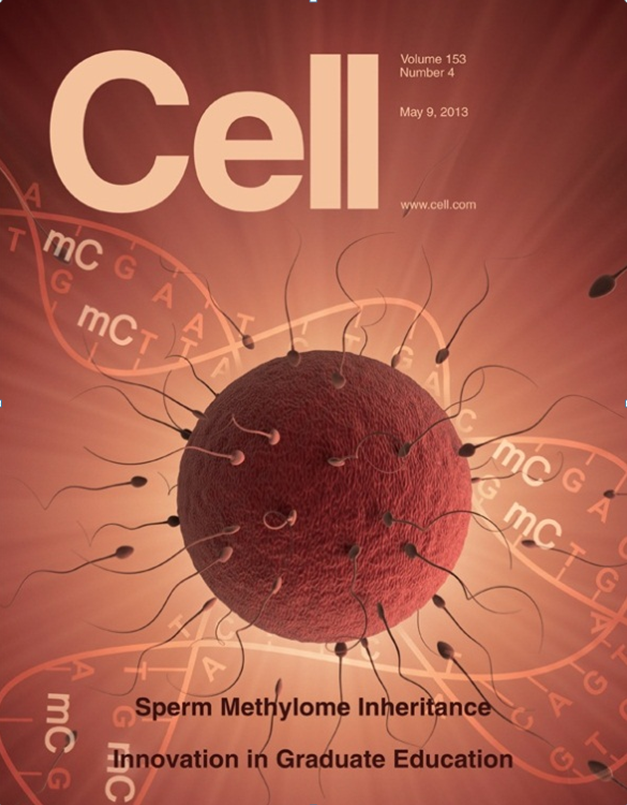

Liu Jiang is a principal investigator at the Beijing Institute of Genomics, Chinese Academy of Sciences (CAS), supported by the “CAS 100 Talents Program” in 2009. The young scientist and his team chose zebrafish as the model for their epigenetic research. They found that zebrafish early embryos inherit the DNA methylome from sperm, not oocytes. The finding helps explain some of the mysteries of fertilized oocytes developing into embryos, and is a major contribution to the field.

In 2013, the researchers’ article, “Sperm, but Not Oocyte, DNA Methylome Is Inherited by Zebrafish Early Embryos”, was published by the top international journal Cell as a cover story. It was the first time Cell had ever published an article whose corresponding authors and first author were all Chinese.
As the carrier of genetic material, DNA can be steadily inherited by offspring. However, many mysteries remain about the process in which a fertilized oocyte develops into a complicated individual composed of various cells, tissues and organs. Since the 1980s, epigenetic studies have shown that in addition to DNA sequences, epigenetic modifications such as DNA methylation may also adjust and control the expression of genes and performance of individuals.
Through their research on zebrafish Liu and his team found that the sperm DNA methylome is inherited by the offspring and plays a critical role during embryogenesis. It marked the first time that scientists anywhere in the world had proved experimentally that one entire set of epigenetic information can also be inherited as a whole. The findings also overturned the conventional view that embryogenesis is almost solely determined by oocytes.
In his early new career, Liu and his research group members were dealt a heavy blow after having spent huge amounts of energy and money collecting and measuring sperm and oocyte DNA methylomes, only to find all their efforts were to no avail. Liu encouraged his students to persevere with the study, so they restarted the whole project. Their efforts ultimately led to the Cell article, which was Liu’s first to be published over the four years since he returned to China.
“The key to research is what you want to do, what problems you want to resolve,” said Liu. “The levels of the problems you tackle determine the meaning of your research findings.”
SOURCE: BEIJING INSTITUTE OF GENOMICS, CAS